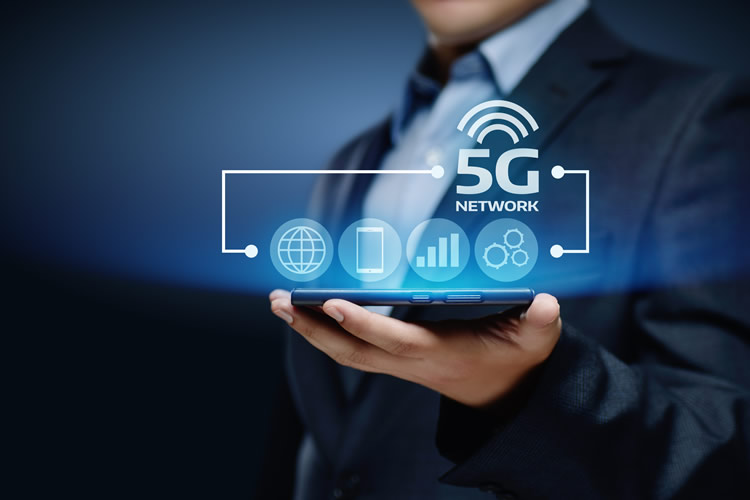Verizon’s 5G network is up and running in Chicago, and when it works, the fifth generation of wireless lives up to the hype. But the network is still in its very early days, with spotty coverage and limited uses.
Armed with Samsung’s newly released 5G phone, the E19,261.91.00 Galaxy S10 5G, I tested the network throughout River North and the Loop last week. Standing on Michigan Avenue just north of Monroe Street, it took less than 9 seconds to download all two hours and 17 minutes of “Homecoming: A film by Beyonce.” But walk less than two blocks to the Bean, and the 5G signal was lost. As reported on https://www.chicagotribune.com
Verizon holds no illusions about the coverage issues.
“We’re still testing, still learning,” said Verizon spokesman Andy Choi, as I tested a 5G cell site on Walton Avenue near Rush Street. A parked delivery truck nearby could throw off the 5G signal, Choi explained, and you’ll likely get the fastest download speed standing outside within 300 to 500 feet of the cell equipment. “The technology is getting better.”
In some places, like certain areas in the Loop, cell sites that transmit 5G have been installed on more street corners, meaning broader coverage.
There’s a cell site on a light pole on the northwest corner of Franklin and Adams streets, just outside Willis Tower, and another one a block away at Monroe Street. That meant I could download the entire first season of “Veep,” starring Julia Louis-Dreyfus, in the less than the two minutes it took to stroll from one intersection to the next.
But if a tree gets in the way of the signal, it slows down considerably. I tested this outside of a Chick-fil-A in River North.
The 5G equipment was about a block away, which normally would have been a good range. But there were at least two trees and a light post blocking the signal. It took 37 seconds to download a 30-minute episode of the Netflix show “Dead to Me” from that spot, compared with 5 seconds at another River North location with a strong 5G signal.
That’s still pretty fast compared with 4G, the fourth generation of wireless that phones operate on now. It took four minutes and 37 seconds to download the same episode from the same spot on a 4G phone, the Samsung Galaxy S10 Plus.
5G taps into millimeter waves at the top of the radio spectrum. The higher waves allow for faster transfer of data, but they also don’t travel through buildings, trees and rain like previous generations of wireless, which operate on lower wavelengths.
That means wireless companies must install new equipment on nearly every street corner to provide coverage. Verizon’s cell sites that transmit 5G are being installed on light poles around the city, but not every light pole is fair game. The city considers some lighting decorative, like many light poles along Michigan Avenue, and equipment cannot be placed there, Choi said.
The same way 5G can’t travel through foliage, it also can’t travel through buildings.
